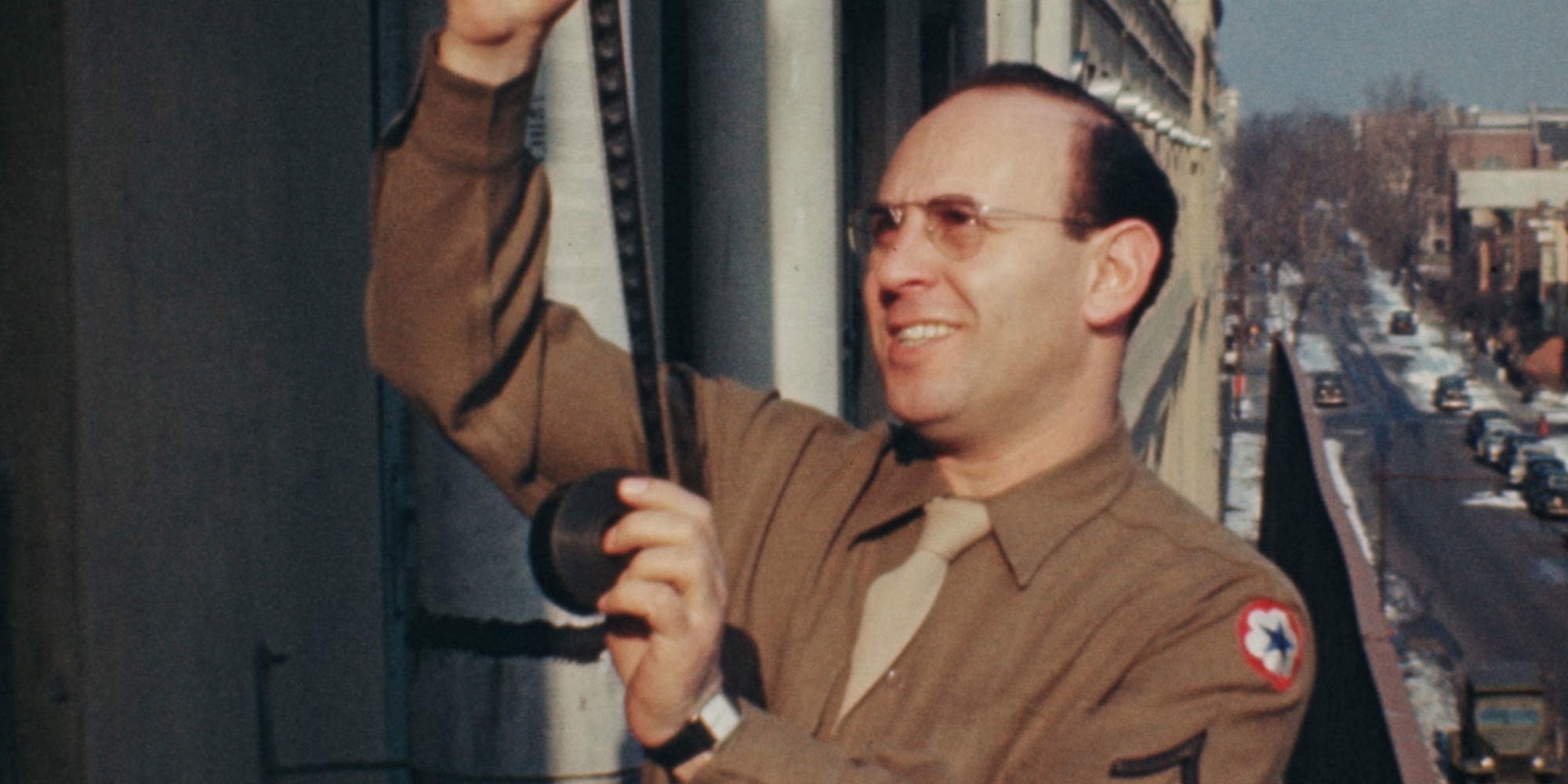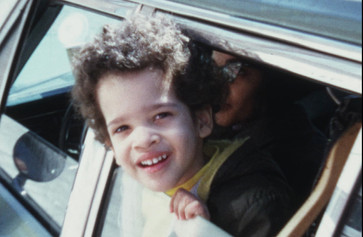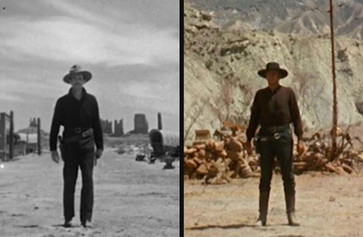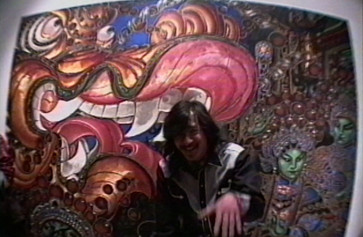
Virtual Views: Home Movies
Watch nine films from MoMA’s Private Lives Public Spaces exhibition, with commentary from the curators.
Brittany Shaw, Ron Magliozzi
Apr 9, 2020
Home movies are made to entertain intimate audiences of family and friends. MoMA’s exhibition Private Lives Public Spaces, which opened in October 2019, explores a selection of these works from our archives, acquired over 90 years of collecting but never before shown. After reviewing more than 600 reels of film, we digitized 200 to create an immersive display on 102 silent screens in a darkened gallery. While this installation intentionally blurred distinctions between different kinds of home movies, the sampling of some of our favorites that we’ve chosen for this virtual view is presented under three central themes: Celebrity, the Experience of Place, and Family.
For more about the importance of these films to 20th-century and personal history, watch our video How to See Home Movies.
Celebrities
Famous people make home movies too. But whether an actor, musician, artist, or sports figure, a celebrity is rarely completely off their guard while a camera’s rolling. With one eye on the camera following him, composer Aaron Copland navigates the slushy winter streets of midtown Manhattan from his residence in the Empire Hotel—across from Dante Park on 63rd Street, near Lincoln Center today—to Bickfords, at 459 Lexington Avenue. In Salvador Dalí’s home movies, the 50-year-old Surrealist artist plays with a kitten, an animal skull, and a rake to entertain a friend filming him on the terrace of his villa in Port Lligat, Costa Brava, Spain. Lensed by Hollywood cinematographer Henry Sharp, the deceptively titled Spanish People at Pickfair features Mary Pickford, Douglas Fairbanks Sr. and Jr., and friends in full performance mode on the grounds of their home, mocking courtship rituals and gender roles—including Charlie Chaplin’s sublime turn as a balletic sprite with a globe under his arm, prefiguring his performance in The Great Dictator (1940).
The Experience of Place
16mm and 8mm home movie cameras were sold as tools for documenting on the go, but they were often used to create films that went beyond the traditional “travelogue,” to capture personal experiences of places near and far. Sixth Avenue—Subway—Post demonstrates that a travel diary doesn’t need to record a foreign locale, as Charles L. Turner documents his daily commute from his home near MoMA to the US Army Pictorial Service, when it was based at the Astoria Film Studio in Queens during World War II. The remarkable moments of unrehearsed intimacy between coworkers captured here are common to home moviemaking. *S. D. W. & Friends Roughing It in Canada*’s visual effects suggest that a professional recorded the unreserved antics of affluent male campers free from their families. With New York 1981, shot at Liberty State Park in New Jersey and in lower Manhattan, the dreamlike treatment of place, time of day, weather, and movement exemplifies the sensitivity and artfulness that small-gauge filmmakers were capable of achieving.
Family
As a collected body of work, home movies reveal a people’s cinema: a psychologically revealing, aesthetically unique record of family life, friends, and communities across class, race, and generations. These movies also document largely overlooked aspects of 20th-century life. Margaret’s Communion Party captures a garden party in an unidentified American town in 1933, where the adults are content sipping cocktails on the lawn and are perhaps more interested in each other than the titular guest of honor. The hazy black-and-white imagery adds to the air of mystery: What are the relationships we’re seeing onscreen—to each other, and to God? With warm colors, iconic Manhattan locales, and lush close ups, the fleeting 16mm snapshot Father + Kid NYC, from the 1940s, resembles a behind-the-scenes glimpse of a Hollywood film of the era; this time, the affluent matriarch is often the family cinematographer, her affectionate husband and daughter her subjects. The Jarret family’s films were shot between 1958 and 1967 by David H. Jarret, a firefighter from Pittsburgh’s historic African American Hill District, and span nearly three hours. As you watch family members and neighbors’ lives, from weddings to living room dance parties, a storyline emerges. Following Jarret’s death, years of neglect caused chemical decomposition of the image, resulting in a kaleidoscopic effect that evokes experimental filmmaking techniques. The Museum’s preservation of the film resulted in its return to the Jarret family descendants; it appears here with their approval.
Make your own home movie.
We challenge you to momentarily leave our homebound present by creating a short home movie set in the past or the future—get creative with filters, props, and costumes and have fun! Tag #MoMAVirtualViews and @themuseumofmodernart in your creations and we’ll share some of our favorites.
On Thursday, April 9, we had a live discussion about amateur films and home movies with Celeste Bartos Chief Curator of Film Rajendra Roy and curator Ron Magliozzi. Members were invited to submit questions in advance for the two to answer—one of many special opportunities for the Museum’s members. Enjoy the conversation below.
Film at MoMA is made possible by CHANEL.
Additional support is provided by the Annual Film Fund. Leadership support for the Annual Film Fund is provided by Steven Tisch, with major contributions from Jo Carole and Ronald S. Lauder, Association of Independent Commercial Producers (AICP), The Brown Foundation, Inc., of Houston, and The Junior Associates of The Museum of Modern Art.
Related articles
-

How to See
Home Movies
Take an intimate look at the largest body of moving-image work created in the 20th century—and why it matters now more than ever.
Sean Yetter
Apr 9, 2020
-

How to See
How to See Film: An Anthology
In these selections from our video series, curators introduce favorite film subjects, from Westerns and silents to Kung Fu and Frankenstein.
Sean Yetter
Mar 25, 2020

